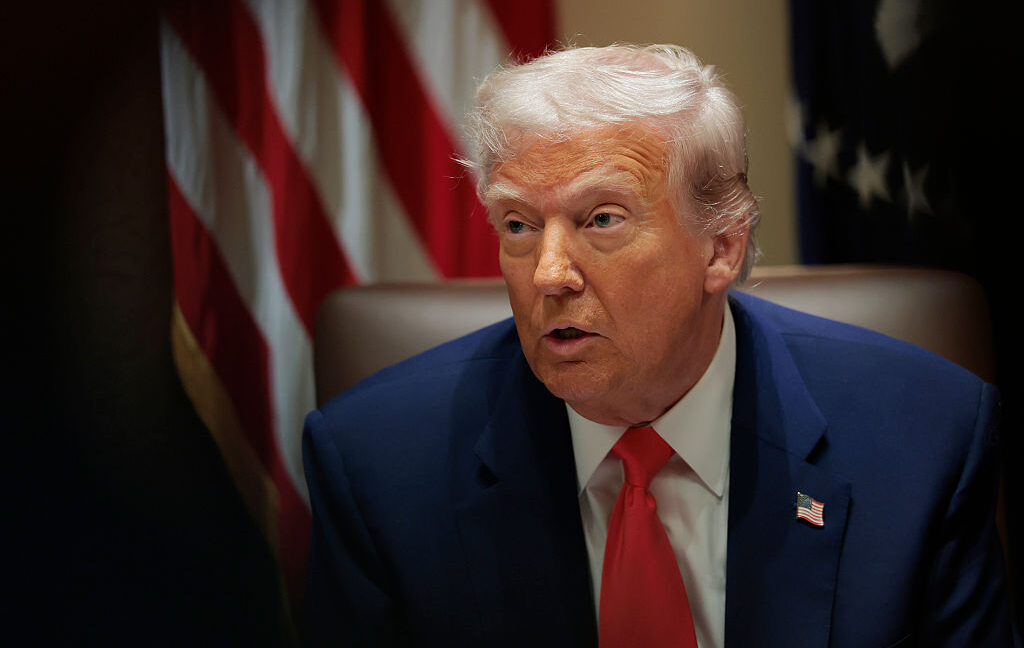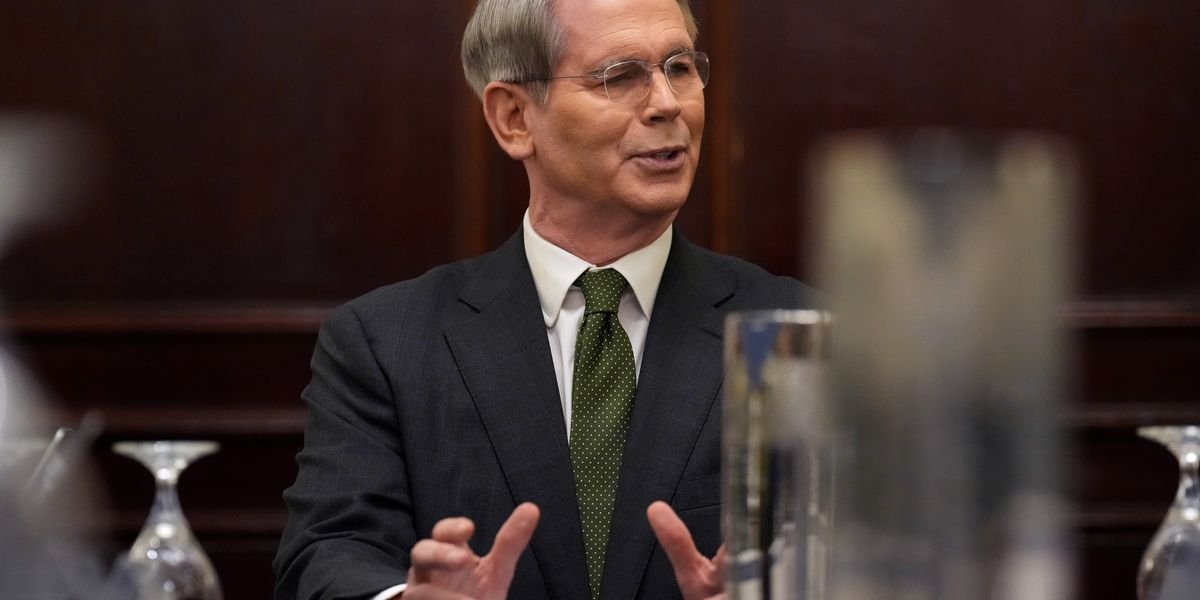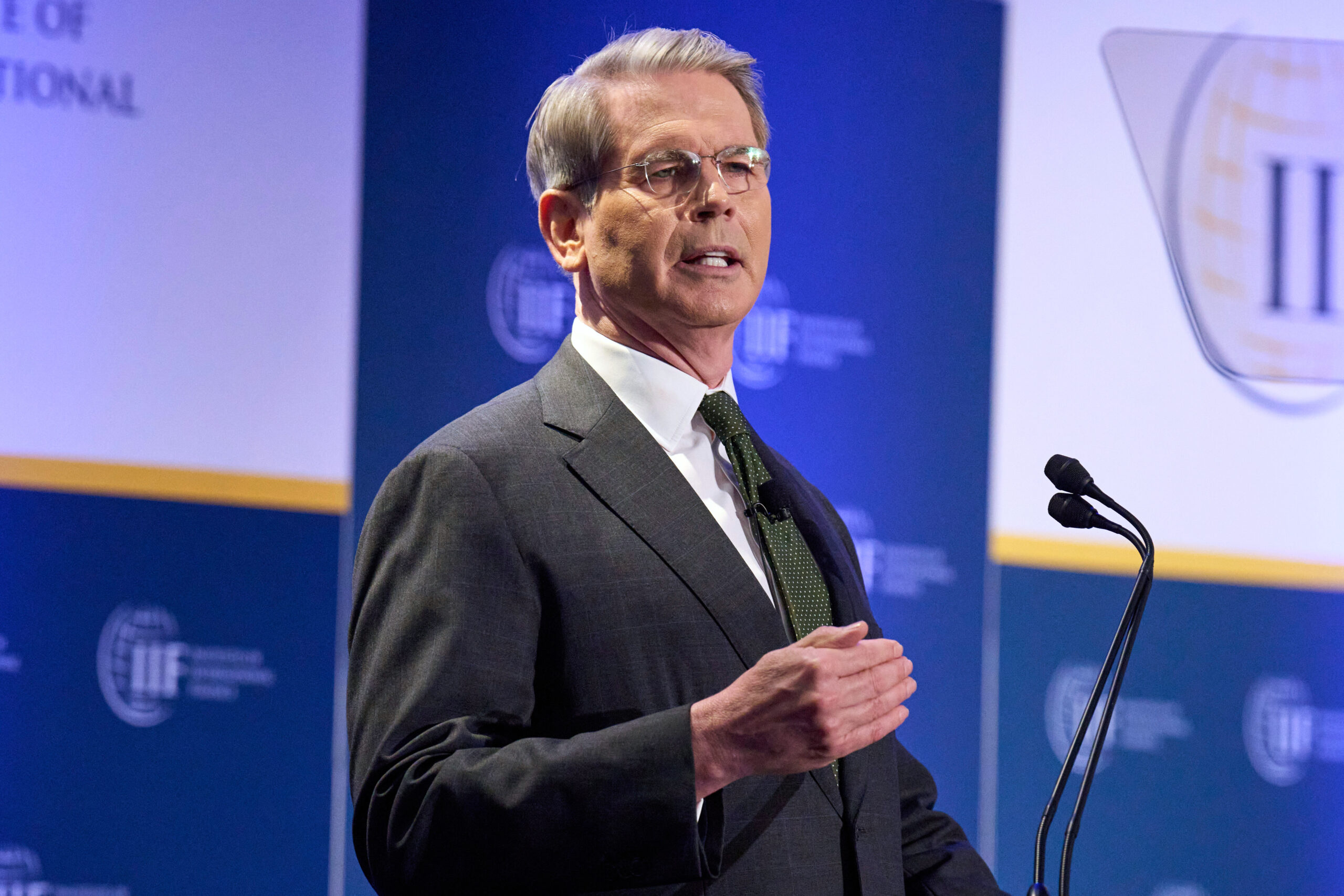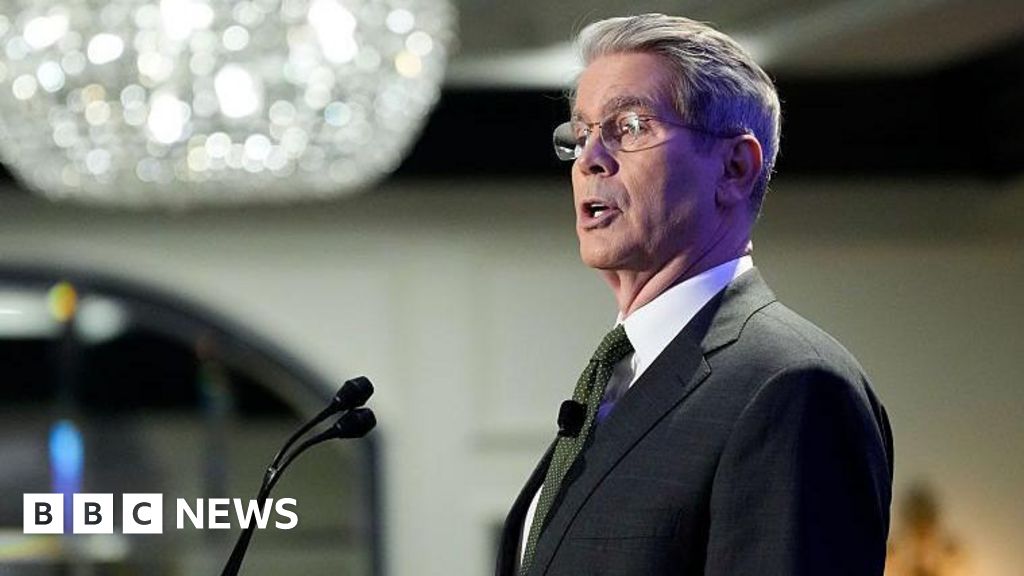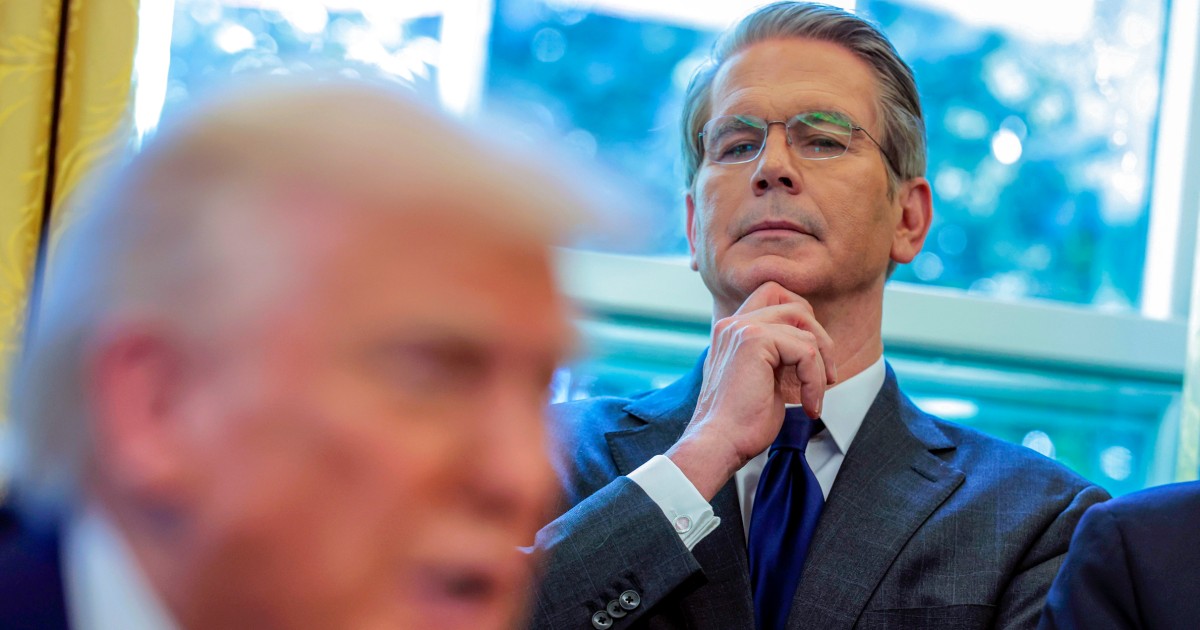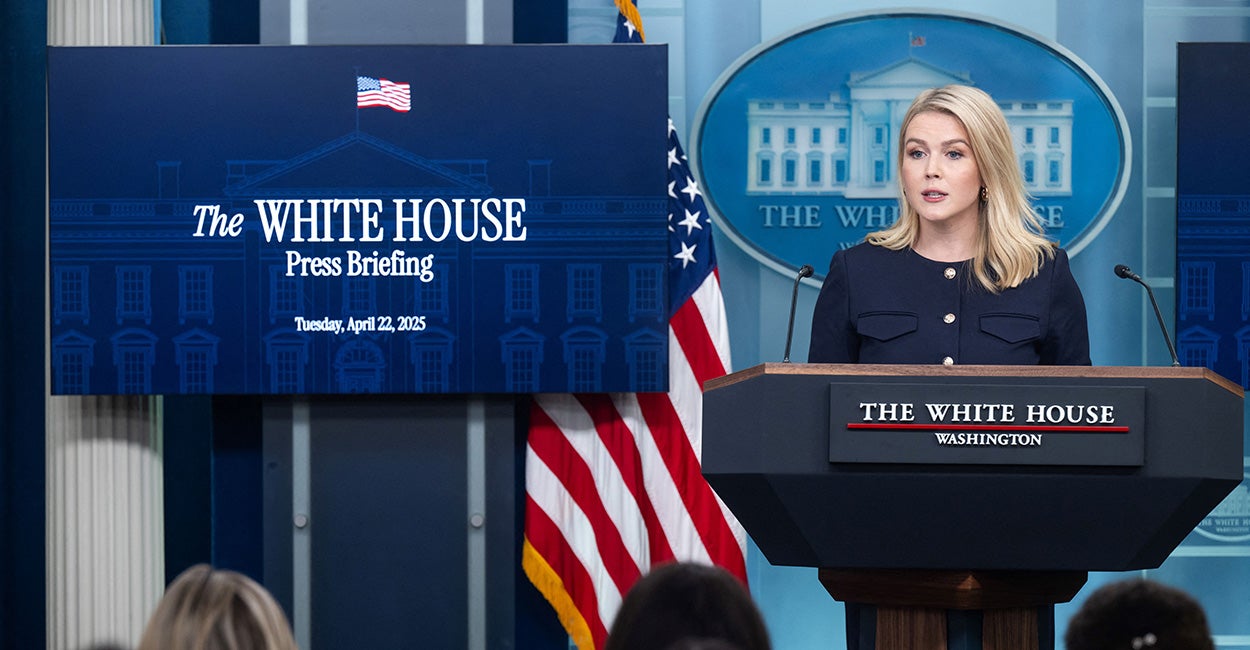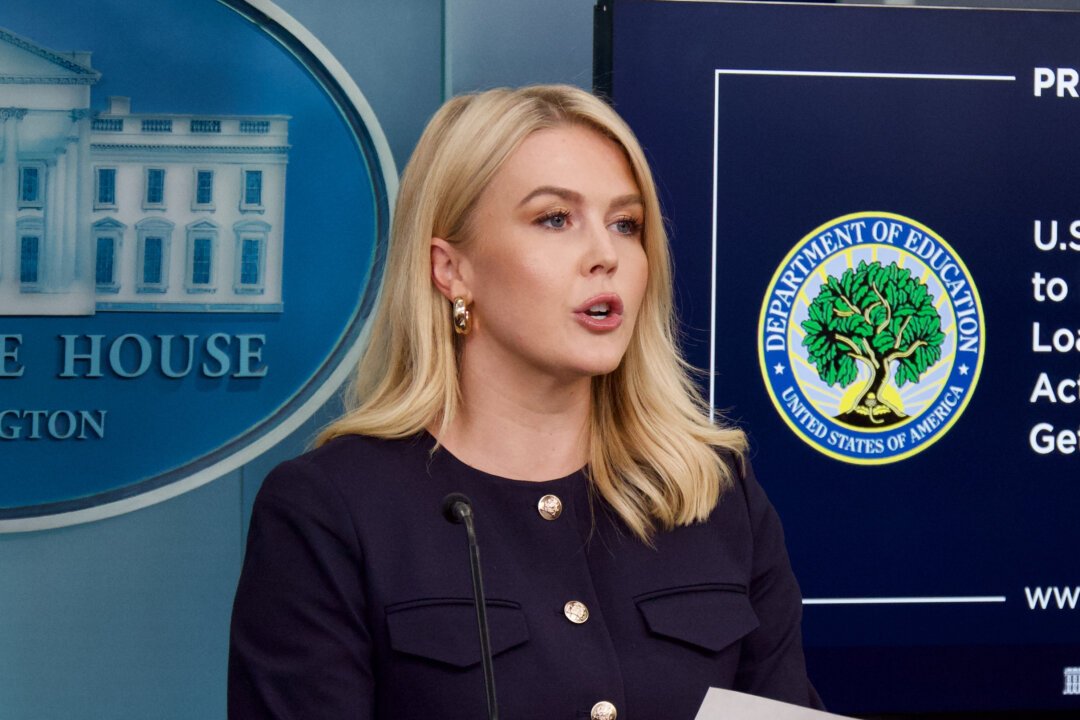U.S.-China Trade Talks: Optimism Amid Tariff Reduction Plans
Trump signals willingness to reduce tariffs on Chinese imports as negotiations with China remain ongoing and Treasury Secretary Bessent calls for a rebalancing of trade.
Overview
U.S. Treasury Secretary Scott Bessent reiterated the unsustainability of current tariffs in U.S.-China trade relations, where tariffs have reached 145% on Chinese imports and 125% on U.S. goods. President Trump confirmed his readiness to cut tariffs, possibly to a range of 50-65%, but analysts warn this may weaken U.S. negotiating power. Despite urgency expressed by Trump, China remains indifferent, suggesting a willingness to wait for more favorable terms. Meanwhile, ongoing negotiations are complicated by unresolved issues surrounding apps like TikTok, reflecting the broader complexities of U.S.-China relations.
Report issue

Read both sides in 5 minutes each day
Analysis
- Treasury Secretary Scott Bessent highlighted the potential for a 'big deal' with China on rebalancing its economy away from manufacturing exports, emphasizing that it's an opportunity for collaborative change.
- While acknowledging ongoing tensions, Bessent emphasized the need for the U.S. to play an active role in fixing trade imbalances, particularly with China, which he described as having an 'unsustainable' economic model.
- The U.S. administration is showing a willingness to lower tariffs as part of a strategy to engage with China, although it remains crucial to manage the negotiations carefully to avoid appearing desperate.
Articles (23)
Center (4)
FAQ
U.S. Treasury Secretary Scott Bessent's optimism stems from the possibility that China might reduce its reliance on manufacturing exports and shift towards boosting domestic consumption, which could pave the way for a significant trade agreement. He emphasized the need for China to acknowledge the necessity of economic changes to rebalance trade relations.
Tariffs between the U.S. and China have escalated to as high as 145% on Chinese imports and a reciprocal 125% tax on U.S. goods from China, effectively creating a trade embargo and reflecting severe trade tensions between the two countries.
The Trump administration has indicated a possible de-escalation in the trade conflict, with President Trump floating the idea of substantially cutting China tariffs if the two countries can reach a trade deal, signaling a potential reduction in tariffs pending negotiations.
The high tariffs exceeding 125% have significantly impacted trade volumes between the two economic giants, causing considerable shifts in import and export patterns, effectively reducing trade activity and increasing economic uncertainty for both countries.
History
- 6M

 4 articles
4 articles
- 6M1 article

- 6M
 2 articles
2 articles
- 6M

 5 articles
5 articles
